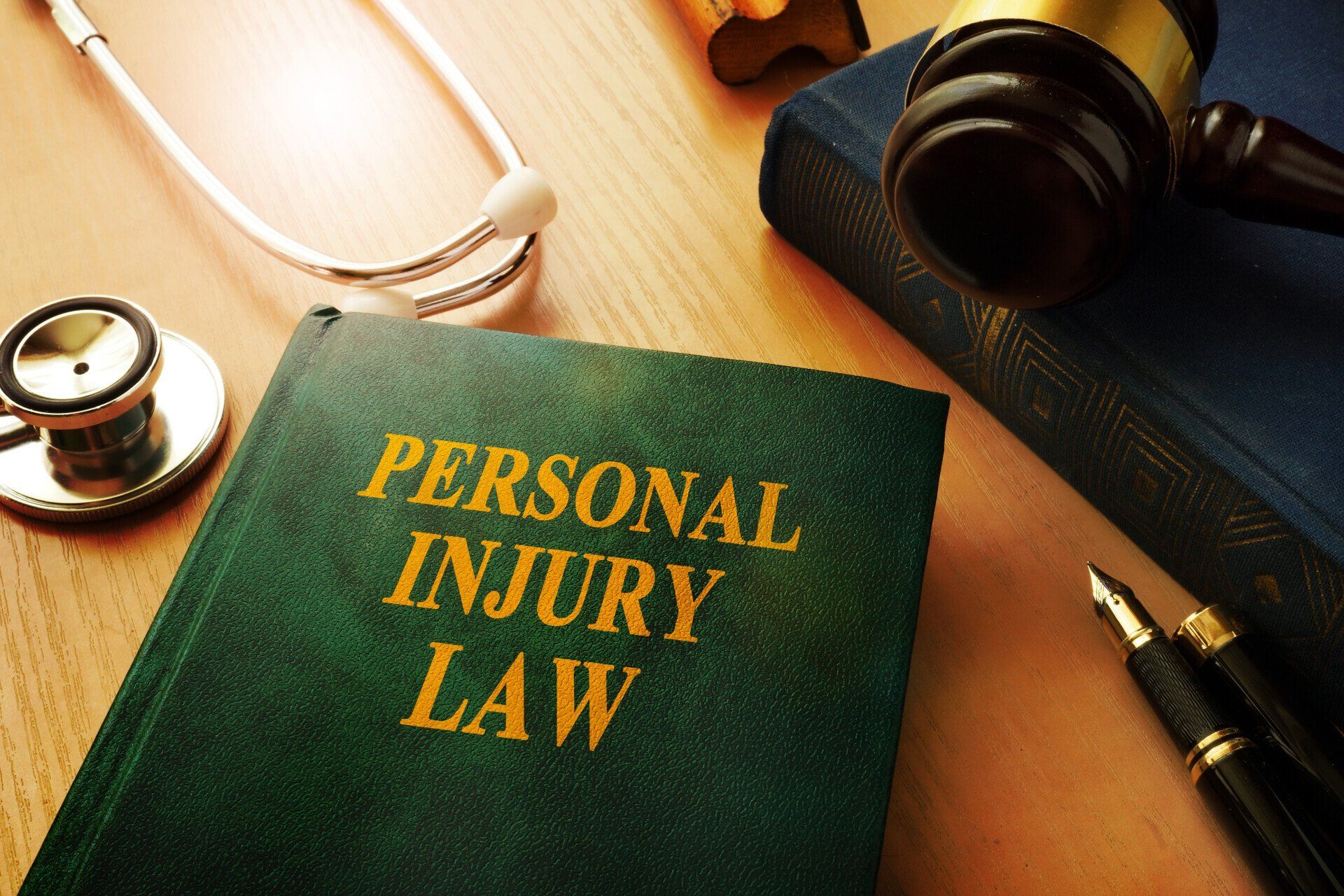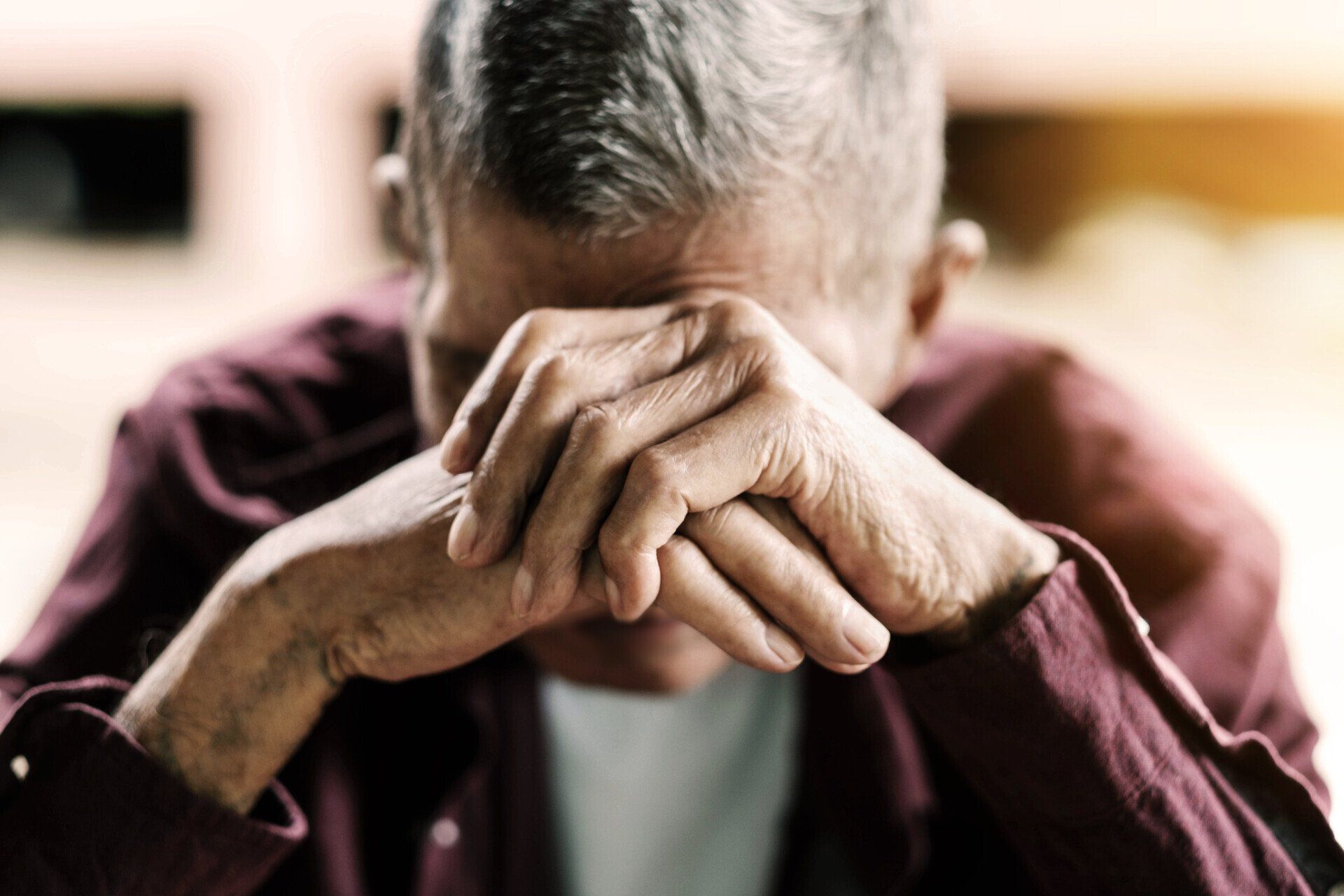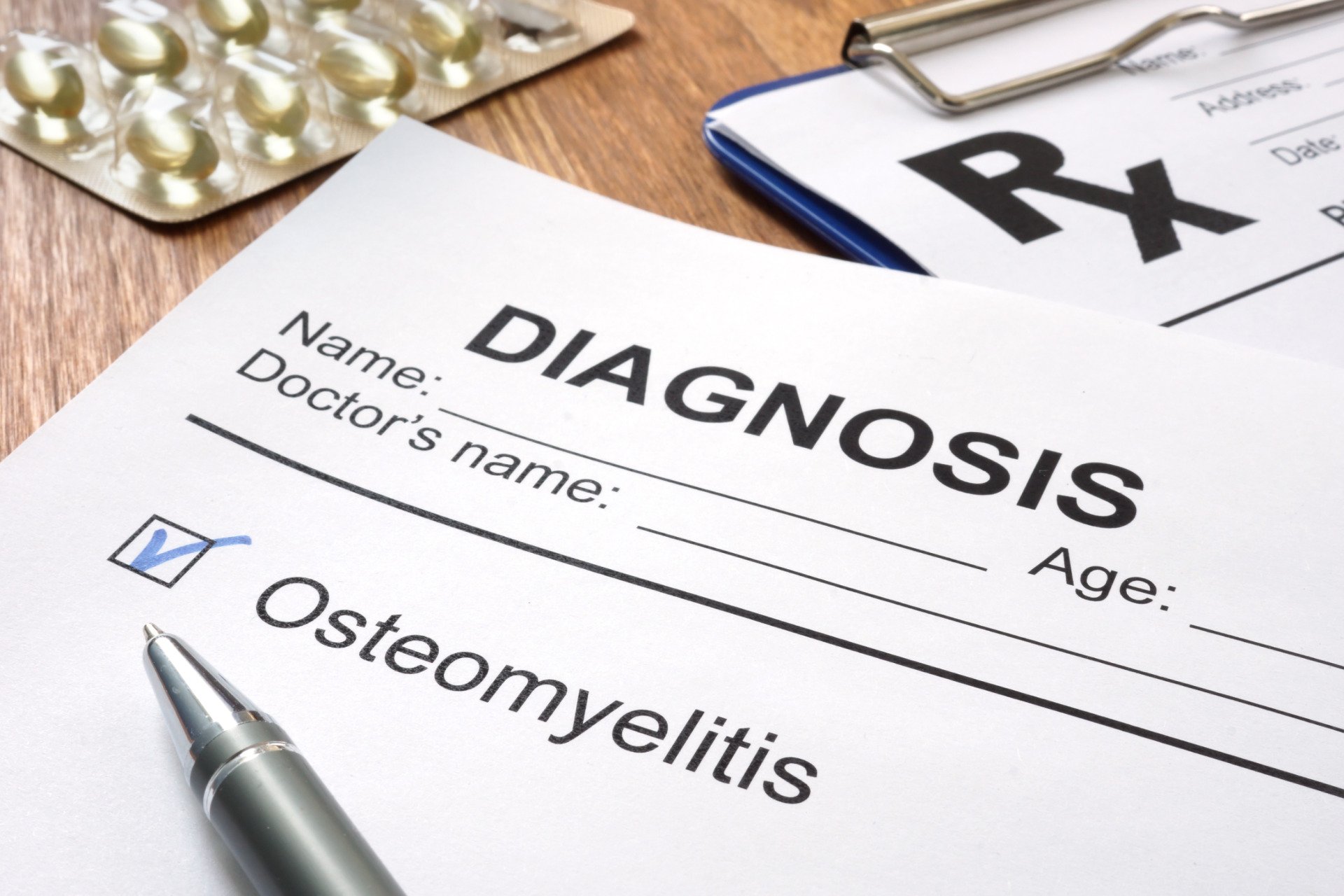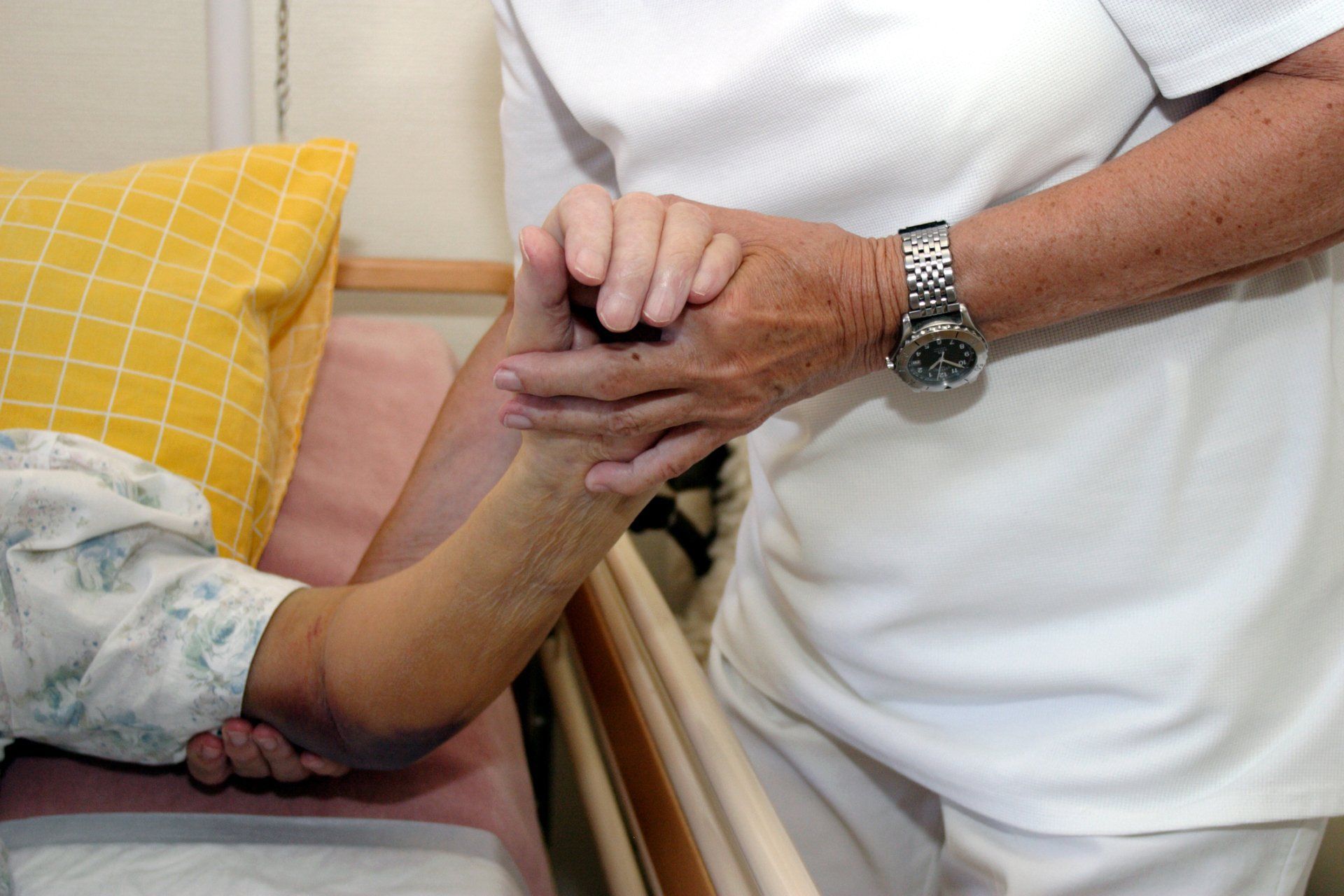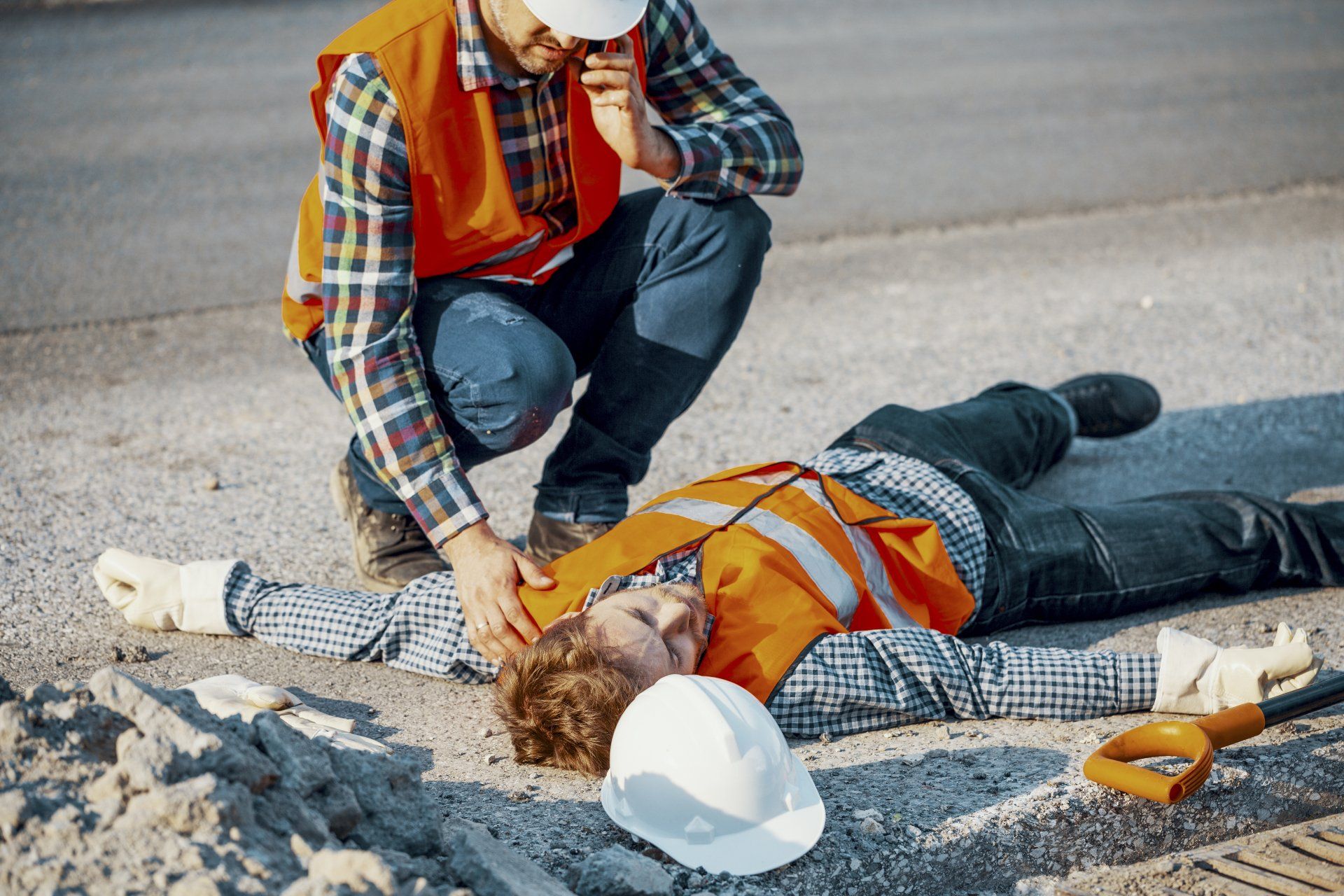By Sheryl Menkes
•
30 Sep, 2022
Osteomyelitis (bone infection) is often the result of a bacterial infection caused by pressure ulcers, open wounds, pressure sores, and decubitus ulcers. However, bone infections can also be caused by a deep cut, severe injury, or wound that allows fungi or bacteria to invade bone material. Not long ago, osteomyelitis was considered an incurable disease. However, medical research has shown the condition can be successfully treated with surgical procedures and strong intravenous antibiotics. Generally, osteomyelitis results from nursing home neglect and abuse that affect the legs and arms' long bones. However, they can appear on the feet, spine, and hips. Osteomyelitis is often diagnosed with the presence of Staphylococcus aureus bacteria. Typically, the infectious bacteria enter the body through an open wound or surgical site, like when the nursing home resident undergoes a bone fracture repair or hip replacement. If the bone is broken or cut, the bacteria might invade bone material and lead to a deep infection like osteomyelitis. Not long ago, osteomyelitis was considered an incurable disease. However, medical research has shown the condition can be successfully treated with surgical procedures and strong intravenous antibiotics. Generally, osteomyelitis results from nursing home neglect and abuse that affect the legs and arms' long bones. However, they can appear on the feet, spine, and hips. Osteomyelitis is often diagnosed with the presence of Staphylococcus aureus bacteria. Typically, the infectious bacteria enter the body through an open wound or surgical site, like when the nursing home resident undergoes a bone fracture repair or hip replacement. If the bone is broken or cut, the bacteria might invade bone material and lead to a deep infection like osteomyelitis. A Preventable Disease Understaffing, lack of training, or overworked nurses and nurse aides can increase residents' potential risk of contracting deadly infectious diseases, including osteomyelitis. Without proper treatment, osteomyelitis might take the life of the resident within days. Early detection of osteomyelitis is crucial to receiving proper treatment, beginning the healing process. Doctors and wound care specialists are encouraged to conduct testing if any possible infection indicator is identified. Many hospital patients and nursing home residents develop severe pressure ulcers after undergoing brain or spinal cord injury surgery. Any development of osteomyelitis or sepsis (blood infection) could delay the healing process or cause pressure sores recurrence. Medicare regulators identify pressure sores at any stage as a "never event," meaning they are preventable under nearly every circumstance in a nursing home, assisted living center, or long-term care facility. Medical doctors and nurses must follow procedures and protocols to prevent pressure ulcer development and provide the treatment required to prevent infection and promote healing. Common Symptoms of Osteomyelitis-Related Pressure Ulcers Advancing pressure ulcers are usually the result of necrosis, where a localized area of skin dies when compressed between an external surface and bony prominence. Typical areas of pressure sores include the back of the head, back, shoulders, ears, elbows, hips, sacrum (tailbone), back of the knees, ankles, heels, and toes. Usually, an infectious pressure ulcer complication will decrease the resident's quality of life and cause significant discomfort and pain. Common symptoms associated with osteomyelitis include: Fever or chills Severe pain Swelling Irritability Stiffness and soreness Skin warm to the touch Lethargy Pus or fluid drainage from the affected area Redness in the surrounding affected area In some cases, the bone infection has no signs or symptoms distinguishable from other medical conditions. Diagnosis of the condition to prevent further worsening might be difficult when treating infants, older adults, and individuals with compromised immune systems. Not all nurses and nurse aides in nursing homes, assisted living centers, and long-term care centers receive training to identify and diagnose osteomyelitis. However, they must be trained to recognize apparent signs of life-threatening infection and notify the Medical Director promptly. The Severity of Pressure Sores by Stages Scientists and public health professionals categorize pressure ulcers based on the severity of the sore from a Stage 1 (least severe) to a Stage 4 (most severe) and those that are unstageable. Stage 1 A pressure ulcer appears as a painful, reddened area on a bony part of the skin that turns white upon pressing in the initial stage. Typically, the affected area feels warm or cool, soft or firm to the touch. Alleviating the pressure to the affected region might allow the damaged area to restore to its normal condition in color in just a few hours. Stage 2 A failure to prevent a Stage 1 pressure sore from worsening could result in a Stage 2 pressure ulcer that blisters and forms an open area that might be irritated or red. At this stage, the nursing staff must take immediate action, like relieving pressure against the skin, to prevent further degradation to a more life-threatening condition. Stage 3 At this stage, the skin sore has created a crater-like sunken, open hole where some underlying tissue appears damaged or dead (necrotic). Usually, body fat can be seen at the bottom of the crater. Stage 4 At its most devastating stage, the pressure ulcer appears significantly deep in the skin's lower levels, exposing muscle, tendons, ligaments, and bone. The damage might be permanent or take many months or years to heal completely. Without effective treatment, a Stage 4 pressure ulcer could claim the patient's life due to sepsis (bone infection) or osteomyelitis (bone infection). Unstageable In some circumstances, the wound care specialist cannot accurately diagnose the pressure wound stage due to the appearance of brown, green, yellow, or tan necrotic (dead) skin. Usually, the specialist will categorize the pressure ulcer is "unstageable" until the debris is removed from the wound bed. Suspected Deep Tissue Injury In some cases, treatment for osteomyelitis or other bone infection is delayed or postponed because the wound care specialist did not identify a suspected deep tissue injury (SDTI). Generally, an SDTI occurs as a Stage I or Stage 2 pressure wound appearing maroon or dark purple as a blood-filled blister just under the skin. However, the patient's skin might hide a severe injury just below the skin's top layers that would be categorized as a Stage 3 or Stage 4 pressure ulcer if detected. Those Most at Risk There are certain factors, circumstances, and medical conditions that elevate the potential of developing osteomyelitis, including: Intravenous (IV) drug use, especially steroids Diabetic disorders affecting the bones' blood supply Genetic autosomal recessive sickle-cell disease or anemia of the body's red blood cells Hemodialysis kidney disease treatment Insufficient quality nutrition Dehydration Insufficient blood supply Blood vessel narrowing peripheral artery disease (PAD) Old age Knee or hip replacement or other bone surgeries Staying in bed or using a wheelchair for an extended time Mobility-challenged individuals that require assistance to move body parts Infected artificial joints or medical devices Compromised or fragile skin Ongoing moisture from bowel incontinence and bladder incontinence that compromises skin integrity Trauma to a bone and surrounding area Recent injury Smoking Diagnosing Osteomyelitis A raging infection is usually the first indication of developing osteomyelitis (bone infection). Typically, the doctor will conduct more than one test for an accurate diagnosis of osteomyelitis in patients with pressure ulcers. Potential tests that can identify the bone infection include bone scans, bone lesion biopsies, blood cultures, magnetic resonance imaging (MRIs), and needle aspirations at the suspected area. Typically, osteomyelitis is diagnosed when a patient's pressure ulcers degrade to Stage 4 decubitus ulcers where the area is ulcerated, violating fascia material and exposing underlying tendon, muscle, and bone tissue. Typically, the Stage IV pressure ulcer exposed bone has been colonized by infectious bacteria that might or might not result in osteomyelitis. In some incidents, there is no present evidence of osteomyelitis in a bone biopsy. According to health care policy, typical steps to diagnosing osteomyelitis include: Blood Draw – The diagnostician will first draw the resident's blood to identify any elevated levels of white blood cells that show the immune system is fighting an infection. Radiographic Testing – A diagnostician will then take a radiographic image of the affected area that might identify the presence of an infection. MRIs, CT scans, and bone scan radiography are significantly better for diagnosing osteomyelitis than film x-ray technology that lacks the sensitivity to show infectious diseases. Bone Biopsy – The doctor will perform a surgical bone biopsy procedure to diagnose a bone infection like osteomyelitis accurately. Capturing a sample of infected bone tissue and sending it for laboratory analysis might accurately diagnose the infectious bacterial organism and the correct antibiotic required to manage the problem. Osteomyelitis Associated with Pressure Ulcers Nearly all osteomyelitis cases result from nursing home negligence when the nurses and nurse's aides allow the development of a pressure sore. However, even if the wounds degrade to Stage 3 or Stage 4 pressure ulcers, nearly every case of osteomyelitis is treatable that results in temporary injury or permanent damage. However, the infected bone material might take months to treat and heal, especially if the infection is aggressive. Without treatment, osteomyelitis could result in osteonecrosis (bone tissue death) or migrate to systemic sepsis leading to septic shock or death. Some pressure sores arch intern med studies involving osteomyelitis associated with pressure ulcers revealed no clear correlation of recurrence or delayed healing when the injury was caused by skin breakdown. Additionally, antibiotic therapy lasting longer than three weeks had no significant effect on the bone infection outcome in osteomyelitis patients with pressure sores. Treating an Osteomyelitis-Related Pressure Ulcer Established medical procedures on preventing osteomyelitis and other bone infections include thoroughly washing and cleaning any open wound or cut to the skin. Any individual with a prosthesis should ensure that the amputation site remains clean and dry. Nearly all osteomyelitis forms develop from Stage 3 and Stage 4 pressure sores when deep soft tissue, bone material, muscles, and tendons are exposed to infecting organisms. Upon diagnosis of the condition, the doctor will typically prescribe antibiotics to destroy growing infectious bacteria that is causing the problem. Aggressive treatment, including prescribing vancomycin or other powerful antibiotics used intravenously over multiple treatments, might eradicate osteomyelitis. A surgeon might recommend surgical procedures to remove necrotic (dead) bone tissue. Surgical removal of the dead bone tissue and the debridement of surrounding necrotic skin tissue can stop the infection's potential spread. After a bone and joint removal surgery, the surgeon might propose using packing material or bone grafts to fill the open area to promote new bone tissue growth. However, like every surgical procedure, the patient could face severe complications that lead to additional injury. In the most severe cases, the doctor might recommend amputating the affected limb to stop the spread of infection and save the patient's life. Using Effective Medical Devices During the care and treatment of osteomyelitis, the doctor wound care specialist might recommend using medical devices to reduce the pressure on specific body parts. The recommendation might involve using mattress pads, booties, phone cushions, or special pillows that offload pressure on the affected area. Some medical center and nursing home patients with pressure sores use different types of cushions in their wheelchair on the bed to help offload pressure. These devices are available in different types of materials and shapes. Even if the patient uses a medical device, the nursing staff must follow a turning and repositioning schedule by shifting the resident's body weight every 15 minutes to ninety minutes and moving to a completely different position every 2 hours. The nursing staff must also avoid any further injury caused by sheer friction, rubbing, or movement against the affected area. Moving or transferring the patient also requires: Avoiding sliding or slipping the resident's body when moving to avoid pressure on the sore, Cleaning and moisturizing the skin to ensure it remains healthy, Assessing the skin every day to identify any newly developing pressure ulcer, Reporting the presence of newly developed pressure ulcers to begin an effective treatment The skin should never be massaged near the wound or ulcer that could cause more damage. Avoid using ring-shaped or doughnut-shaped cushions that have been proven to reduce blood flow circulation and cause sores. Osteomyelitis Mortality Rate According to the National Pressure Injury Advisory Panel, morbidity and mortality rates vary significantly between pediatric and adult patients with long bone osteomyelitis. As many as 30% of all children suffering from the condition will develop DVT (deep vein thrombosis). Many of these cases involve disseminated infection. Adults tend to develop long bone osteomyelitis from community-acquired Methicillin-resistant S. aureus (CA-MRSA). Fortunately, mortality rates remained low, except in patients with underlying medical severe conditions or developing sepsis (blood infection). According to the National Institutes of Health, studies show a significant increase in long-term fatality risks among senior citizens with chronic osteomyelitis. The studies reveal the doctors should develop effective strategies for preventing and treating chronic osteomyelitis concomitantly with the patient's co-morbidities, especially among the aged population.


